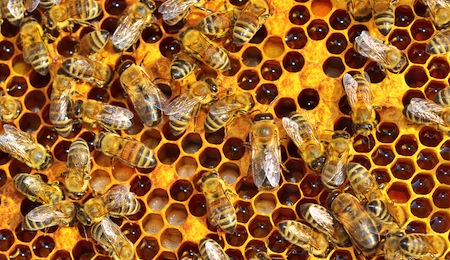 Bees don’t have many fans. They can be pesky when they’re trying to get a taste of your food, or annoying when they infest your garage with a nest. In addition, they can even be scary due to the chance that they could sting you. Even though you may not see the importance of these pesky insects, they are actually very beneficial for the ecosystem.
Bees don’t have many fans. They can be pesky when they’re trying to get a taste of your food, or annoying when they infest your garage with a nest. In addition, they can even be scary due to the chance that they could sting you. Even though you may not see the importance of these pesky insects, they are actually very beneficial for the ecosystem.
So, why are bees so important? Well, they do much more than just produce honey and beeswax. They are also used for medical uses. Their bee venom has been used for treating arthritis, multiple sclerosis, fibromyalgia, cancer, epilepsy and depression. They also are very essential when it comes to our ecosystem. These tiny workers pollinate around 80 percent of our flowering crops in the U.S., which constitutes about one-third of everything we eat. They are essential to the growth of many fruits and vegetables such as apples, cucumbers, broccoli, blueberries, asparagus and strawberries. Losing them could affect the growth of those nutritious foods, and the beef and dairy products that we eat. Consider them as little field workers and farmers. They pollinate approximately $14 billion worth of crops in the U.S.
So, are you now a bigger fan of bees than you were before? They are productive citizens of our planet and deserve to get more credit for all of their hard work. There are some things that we can do to help protect the bees:
- Diversify your garden or yard with many different plant species. These plants should bloom during different times of the year so that the bees can have pollination throughout the year.
- Plant an array of trees, plants and flowers that will provide the bees with both nectar and pollen.
- Plant trees and plants that are native to your state or area. The bees around you are the most familiar with these plants and they are better able to support a larger number of bees.
Make sure that our insect friends are getting as much nutrition as they need. The plants and trees that you plant can affect the bees. When deciding what to do with your landscaping, just ask us and we can better advise you about how to save the bees!


 Homeowners sometimes don’t realize how important a good fertilization program is for their trees. A great time of year to start is in the fall so the trees are more prepared to enter the spring growing season healthy and vigorous. Especially coming out of the drought from 2011, the trees are still striving to recover and get their health back. How many trees have you seen while driving down the road with dead tops and multiple dead branches throughout the canopy? If you haven’t, just look up while driving down the road through your neighborhood and you will probably notice many trees still showing signs of drought stress.
Homeowners sometimes don’t realize how important a good fertilization program is for their trees. A great time of year to start is in the fall so the trees are more prepared to enter the spring growing season healthy and vigorous. Especially coming out of the drought from 2011, the trees are still striving to recover and get their health back. How many trees have you seen while driving down the road with dead tops and multiple dead branches throughout the canopy? If you haven’t, just look up while driving down the road through your neighborhood and you will probably notice many trees still showing signs of drought stress.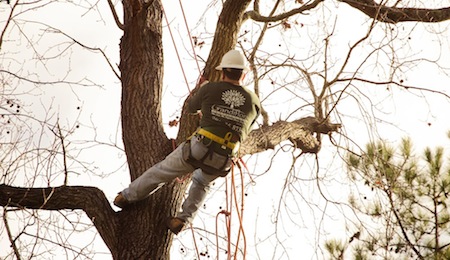 It’s about that time. The time when the temperature starts dropping, the leaves start falling, and the holidays are approaching. This is an exciting time for change because we see the earth physically changing before our eyes. Before your trees start hibernating for the winter season, make sure you get them well prepared. Follow these guidelines for fall to help keep your trees healthy:
It’s about that time. The time when the temperature starts dropping, the leaves start falling, and the holidays are approaching. This is an exciting time for change because we see the earth physically changing before our eyes. Before your trees start hibernating for the winter season, make sure you get them well prepared. Follow these guidelines for fall to help keep your trees healthy: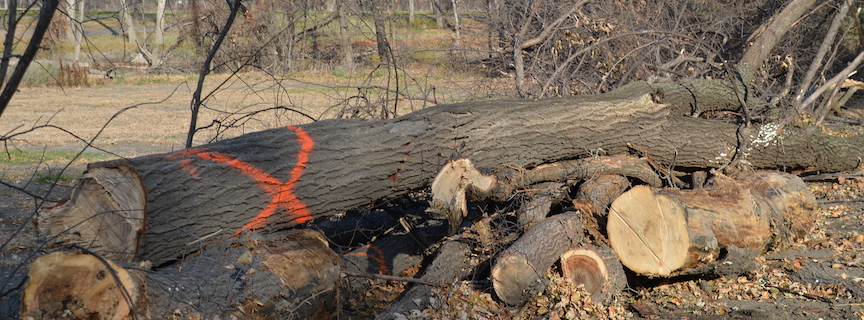 We all love trees. But sometimes they can grow to an out-of-control size that can cause them to be dangerous. Just like people, trees should also have checkups. These checkups are meant to examine their health and potential hazards. These tree inspections should be done by a certified arborist who knows what to look for, and knows what a hazardous tree looks like. Here are a few symptoms of what to look for before calling your arborist:
We all love trees. But sometimes they can grow to an out-of-control size that can cause them to be dangerous. Just like people, trees should also have checkups. These checkups are meant to examine their health and potential hazards. These tree inspections should be done by a certified arborist who knows what to look for, and knows what a hazardous tree looks like. Here are a few symptoms of what to look for before calling your arborist: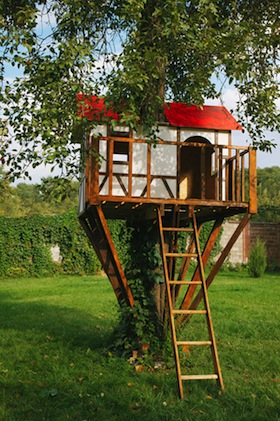 With summer in full swing, now is the perfect time to enjoy Texas’ beautiful weather and spend time outside! Whether you’re looking to barbecue, lay around the pool or cozy up next to a bonfire, the Texas sun creates the perfect atmosphere for almost any occasion. However, taking advantage of our beautiful weather can be made that much easier with a custom tree house from Grandiflora Services! Whether you’re looking for a tree house as an escape from the busy household or the setting for your children’s imagination to run wild, our certified arborists can help you create the perfect blueprint for your own tree house! Here at Grandiflora Services, whenever we build a treehouse we take into strong consideration the tree itself, the sustainability of the surrounding landscape, and the impact of the tree’s health. Here are some things our arborists always consider before starting a tree house build:
With summer in full swing, now is the perfect time to enjoy Texas’ beautiful weather and spend time outside! Whether you’re looking to barbecue, lay around the pool or cozy up next to a bonfire, the Texas sun creates the perfect atmosphere for almost any occasion. However, taking advantage of our beautiful weather can be made that much easier with a custom tree house from Grandiflora Services! Whether you’re looking for a tree house as an escape from the busy household or the setting for your children’s imagination to run wild, our certified arborists can help you create the perfect blueprint for your own tree house! Here at Grandiflora Services, whenever we build a treehouse we take into strong consideration the tree itself, the sustainability of the surrounding landscape, and the impact of the tree’s health. Here are some things our arborists always consider before starting a tree house build: Unfortunately, our nation’s drinking water infrastructure is slowly deteriorating and is reaching the end of its lifeline. According to the U.S. Chamber of Commerce and National Association of Water Companies, 7 trillion gallons of water per day are wasted due to inefficiencies in our system. The unstable infrastructure has annually over 240,000 water main breaks resulting in a drastic amount of lost water. Unfortunately, repairing our system would be costly and time consuming. It is quoted that in California alone, we will need to fund $39 billion to fix the drinking water infrastructure.
Unfortunately, our nation’s drinking water infrastructure is slowly deteriorating and is reaching the end of its lifeline. According to the U.S. Chamber of Commerce and National Association of Water Companies, 7 trillion gallons of water per day are wasted due to inefficiencies in our system. The unstable infrastructure has annually over 240,000 water main breaks resulting in a drastic amount of lost water. Unfortunately, repairing our system would be costly and time consuming. It is quoted that in California alone, we will need to fund $39 billion to fix the drinking water infrastructure.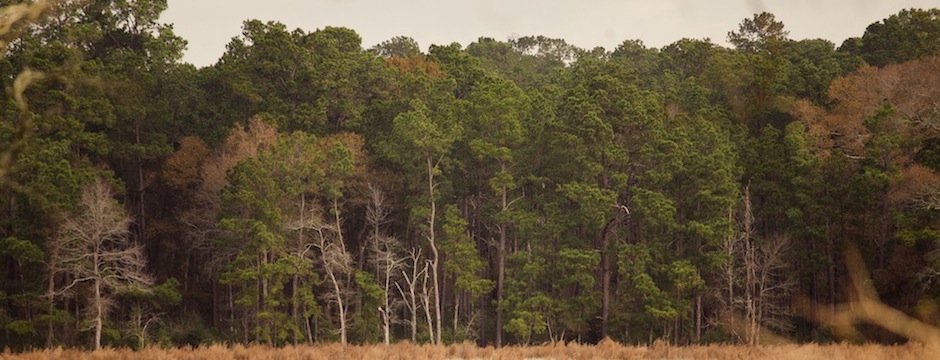 Most trees are planted to provide shade or for visual appeal. Although these are great reasons for their existence, trees also provide many other benefits. A landscape full of trees tend to bring relaxing vibes, lower our heart rates, and reduce our stress. However, in addition to their plethora of health benefits, trees also better the environment as a whole. For more reasons why you should defend a tree’s standing, read about their environmental benefits:
Most trees are planted to provide shade or for visual appeal. Although these are great reasons for their existence, trees also provide many other benefits. A landscape full of trees tend to bring relaxing vibes, lower our heart rates, and reduce our stress. However, in addition to their plethora of health benefits, trees also better the environment as a whole. For more reasons why you should defend a tree’s standing, read about their environmental benefits:

